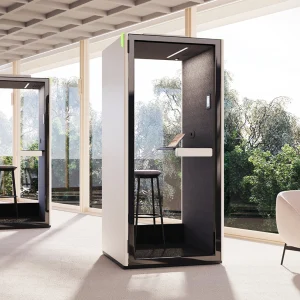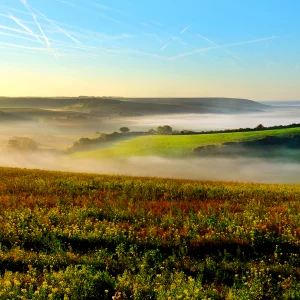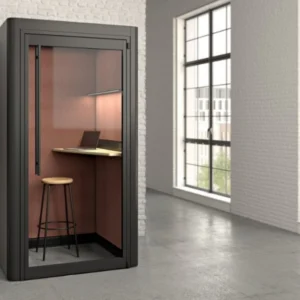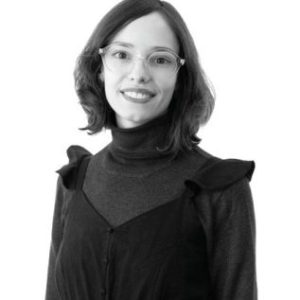The design of the house has deviated from the traditional passive house design by incorporating a high element of glass, but still manages to achieve a 13kWr per square meter of energy consumption a year. Over 50% of the house is constructed from glass. A bank of triple-paned windows adjacent to the walkout porches on the three nearly identical stories of the house enables infiltration of abundant natural light.
The unique footprint of the house enables an almost solarium effect on one side of the building and a wide living space on the other. The framing and interior wood cladding of the house is made of natural materials from local forests. A careful selection of finishes and a heat recovery ventilator, which is the center piece of passivhaus design, enables clean air to flow throughout the space.
Schurch incorporated a host of sustainable elements in the house such as a green roof with solar electric panels; a pellet boiler for heating the floors and hot water; usage of natural and local materials; and wooden shades on the outside of the porch to reduce the summer heat.
The swiss house also received the Minergie (minimal energie) certification, which is a Swiss low-energy standard, considered to be tougher than LEED certification standard from the US.
Developed in Germany at the beginning of the 1990s by Professor Wolfgang Feist with Professor Bo Adamson, the Passivhaus methodology is based on well researched and proven building physics. Passivhaus design aims to minimize the need for space heating and cooling and is based on the principle that reducing heating loss to a minimum is the most robust and cost-effective way of achieving a low carbon building. Instead of complicated design and expensive bolt-on renewables, Passivhaus design focuses on maximizing the use of super insulation; stringent airtightness and paying meticulous attention to the removal of thermal bridges. The houses use approximately 90% less energy than average homes.
Lot of interest has been generated recently in Passivhaus designs throughout Europe and America and the European parliament passed the energy reform initiative on May 18, 2010, which requires that all new buildings built in the EU after 2021 must meet the standard of nearly zero energy buildings. There are currently approximately 17,000 Passivhaus buildings worldwide.





